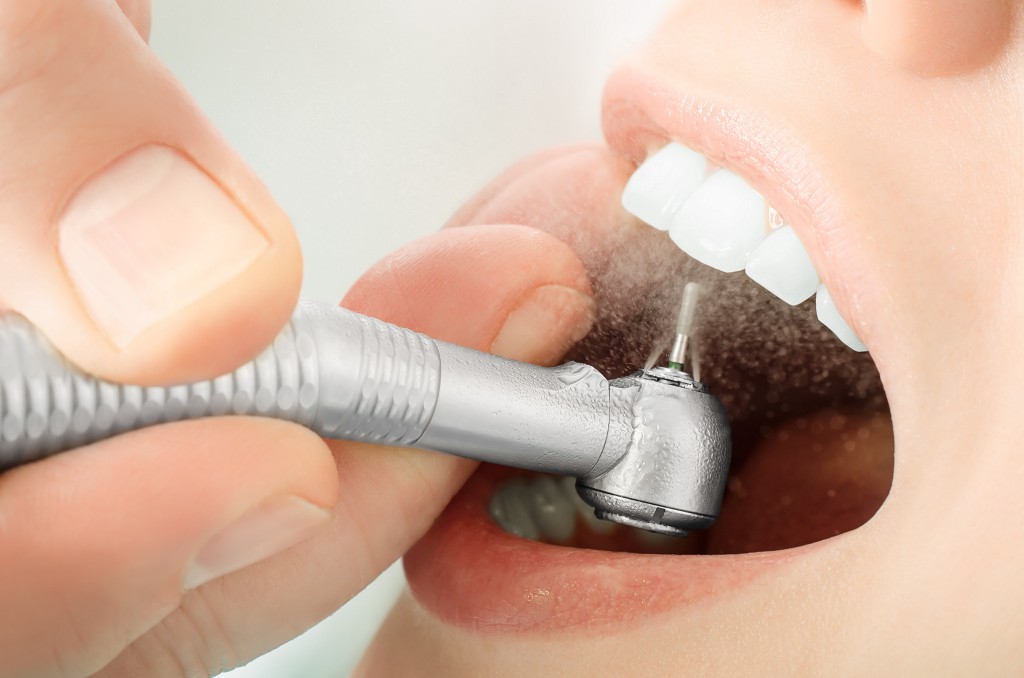Electrical Currents Could Heal Cavities, No Drill Needed

Plus, they’re way more effective than traditional fillings.
Putting the recent clown scare aside, dentists may have the most feared profession out there. Not only do they stick their latex-y hands in your mouth while asking you complex questions; they also literally drill into your teeth on the regular. And while we can’t promise they’ll ever stop asking hard-to-answer questions, a new technology for healing cavities may soon make the drill obsolete.

The World Health Organization notes that nearly 100% of adults have dental cavities as a result of tooth decay. To some degree, your teeth naturally repair themselves through a remineralization process that rebuilds the barrier protecting teeth from bacteria. Your dentist’s drilling clears out the damaged area affected by bacteria buildup that’s broken down the tooth’s structure.
However, researchers at King’s College in London have been working on a process that uses low-frequency electrical currents to promote the self-healing process of damaged teeth.
This new technology, called “electrically accelerated and enhanced remineralization” aims to aid the process when the damage can’t be repaired naturally.

The British researchers say that dentists would hold a small device over the affected tooth that would emit electrical pulses, unnoticeable to the patient, that push minerals back into the tooth. The treatment is expected to take about the same amount of time as a traditional filling would, with similar costs. The no-drill treatment could be available in your dentist’s office in just three years.
The process should also be significantly more effective than traditional fillings, which eventually need to be replaced. The electrical pulses would heal the tooth itself, and do so quicker and more effectively than any other forms of remineralization.
Without a drill in hand, dentists may soon be a lot less scary, though I’m sure the clowns would be happy to step up their game.
